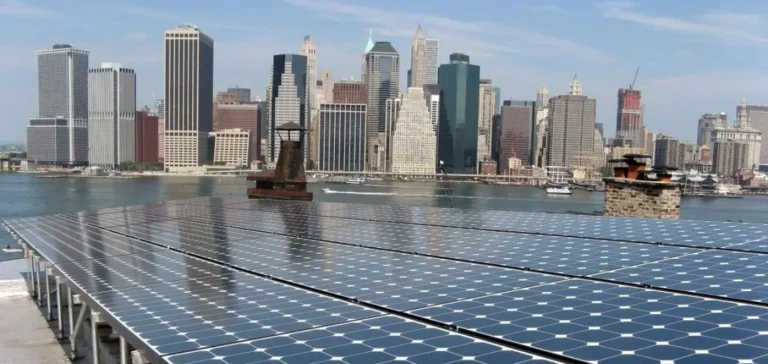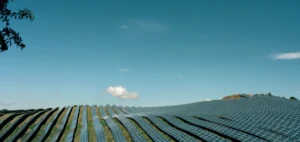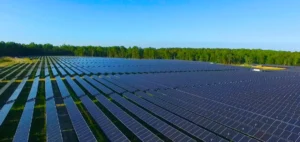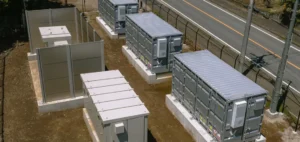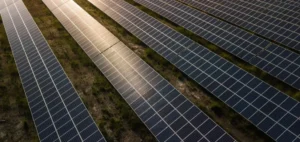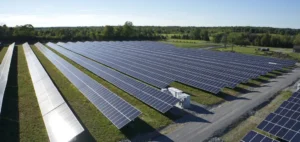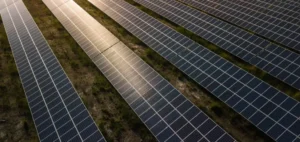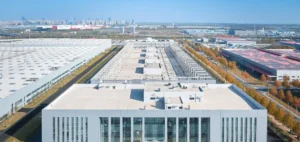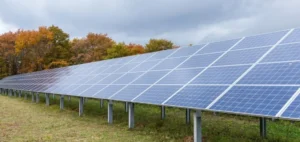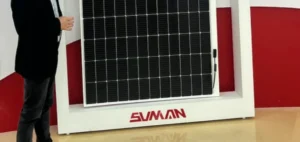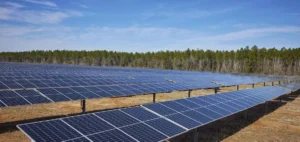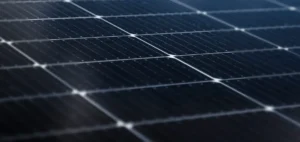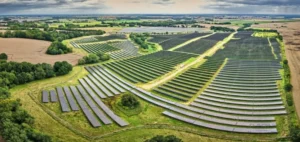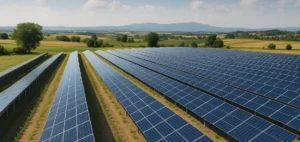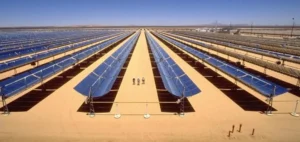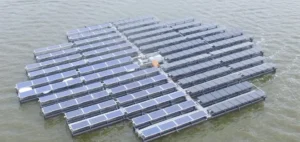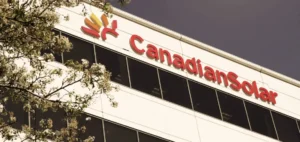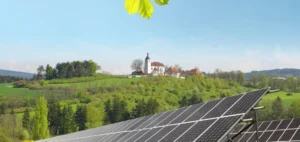PowerBank Corporation has confirmed the signing of a lease agreement for the development of a 1.76 megawatt (MW) direct current solar project located in upstate New York. Named NY-Hemlock Hill, the ground-mounted installation is expected to benefit from the NY-Sun programme, led by the New York State Energy Research and Development Authority (NYSERDA), which supports the expansion of photovoltaic solar power in the state.
The company has already initiated the first administrative steps of the project, including the submission of a grid interconnection application and a preliminary feasibility assessment. The project’s progress remains dependent on interconnection approval, obtaining the necessary permits, and securing third-party financing for construction.
A community project connected to the local grid
Once completed, the NY-Hemlock Hill site will operate as a community solar project. This type of facility involves multiple solar panels connected to the local electricity grid, allowing renters or homeowners to subscribe and benefit from reduced electricity bills without installing panels on their homes. Depending on the layout, such a project can serve dozens to hundreds of consumers.
PowerBank, which reports over 100 MW of completed projects and a development pipeline exceeding 1 gigawatt (GW), plans to leverage its institutional capabilities to deliver this new energy infrastructure. The company indicates that strategic partnerships will support the long-term viability of the project.
A contribution to New York’s solar capacity targets
The initiative aligns with the objectives set by the Climate Leadership and Community Protection Act, which targets 6 GW of installed solar capacity by 2025. New York State already accounts for nearly one-third of the 6.2 GW installed nationwide, making it a central player in the US community solar segment.
PowerBank notes that several risks could affect the project’s completion, including the securing of a community solar contract, administrative approvals, the availability of external financing, and potential changes in public support schemes for solar. The company also highlights the uncertainties related to the construction phase.


